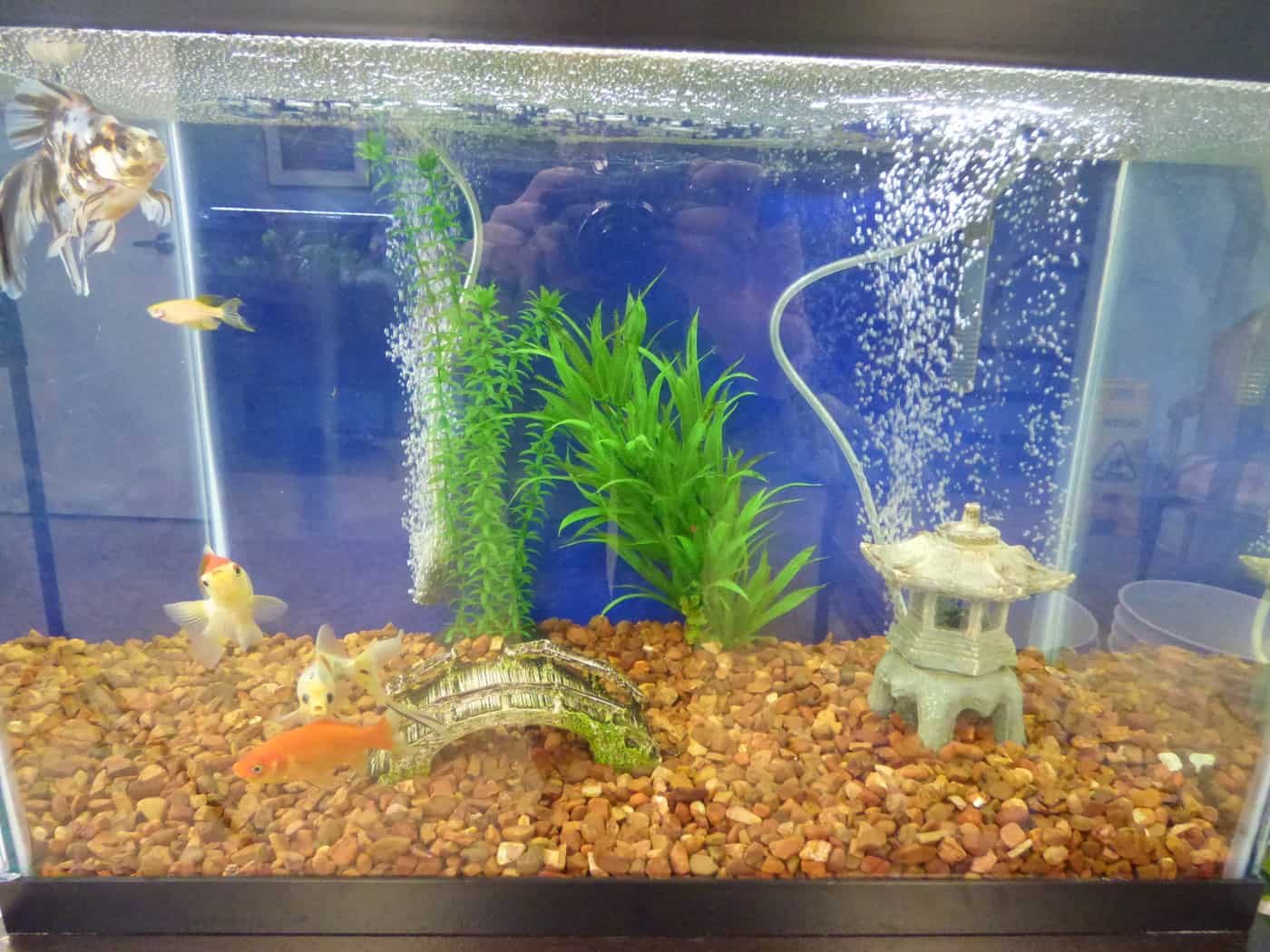Introduction: The Unsettling Discovery
Finding a dead fish floating in your once-vibrant aquarium can be a distressing experience for any aquarist. It not only disrupts the aesthetic appeal of your underwater world but also signals potential issues within your aquatic ecosystem. Addressing this promptly and methodically is crucial to preserving the health and balance of your tank. This comprehensive guide will walk you through the steps to take when faced with this unfortunate scenario, from immediate actions to long-term preventive measures.
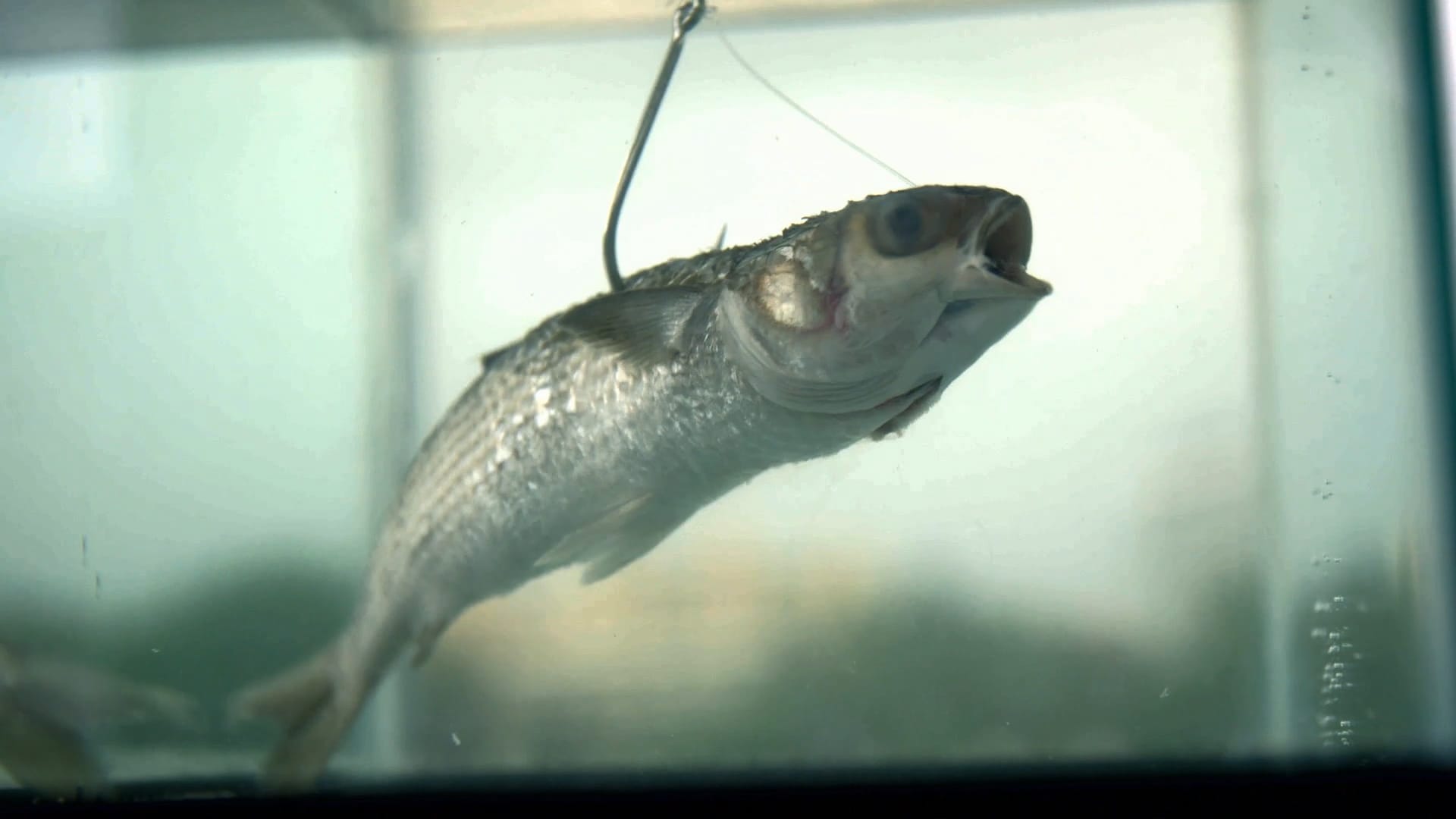
Immediate Response: Removing the Deceased
The first order of business is the delicate task of removing the deceased fish. Using a net, gently lift the fish out of the water, taking care not to disturb the substrate or scatter any uneaten food or waste. This swift action prevents the decomposition process from contaminating the water, which could lead to ammonia spikes and harm the remaining inhabitants. Afterward, dispose of the fish respectfully, either by burying it or disposing of it according to local regulations. Avoid flushing it down the toilet, as this can introduce non-native species into local waterways.
Water Quality Check: Understanding the Underlying Cause
Before proceeding, conduct a thorough check of your water parameters. Test for pH, ammonia, nitrite, nitrate, and temperature using a reliable test kit. High levels of ammonia or nitrite are common indicators of poor water quality, often resulting from overfeeding, inadequate filtration, or insufficient water changes. Temperature fluctuations can also stress fish and weaken their immune systems. Identifying the root cause is essential to prevent future fatalities.
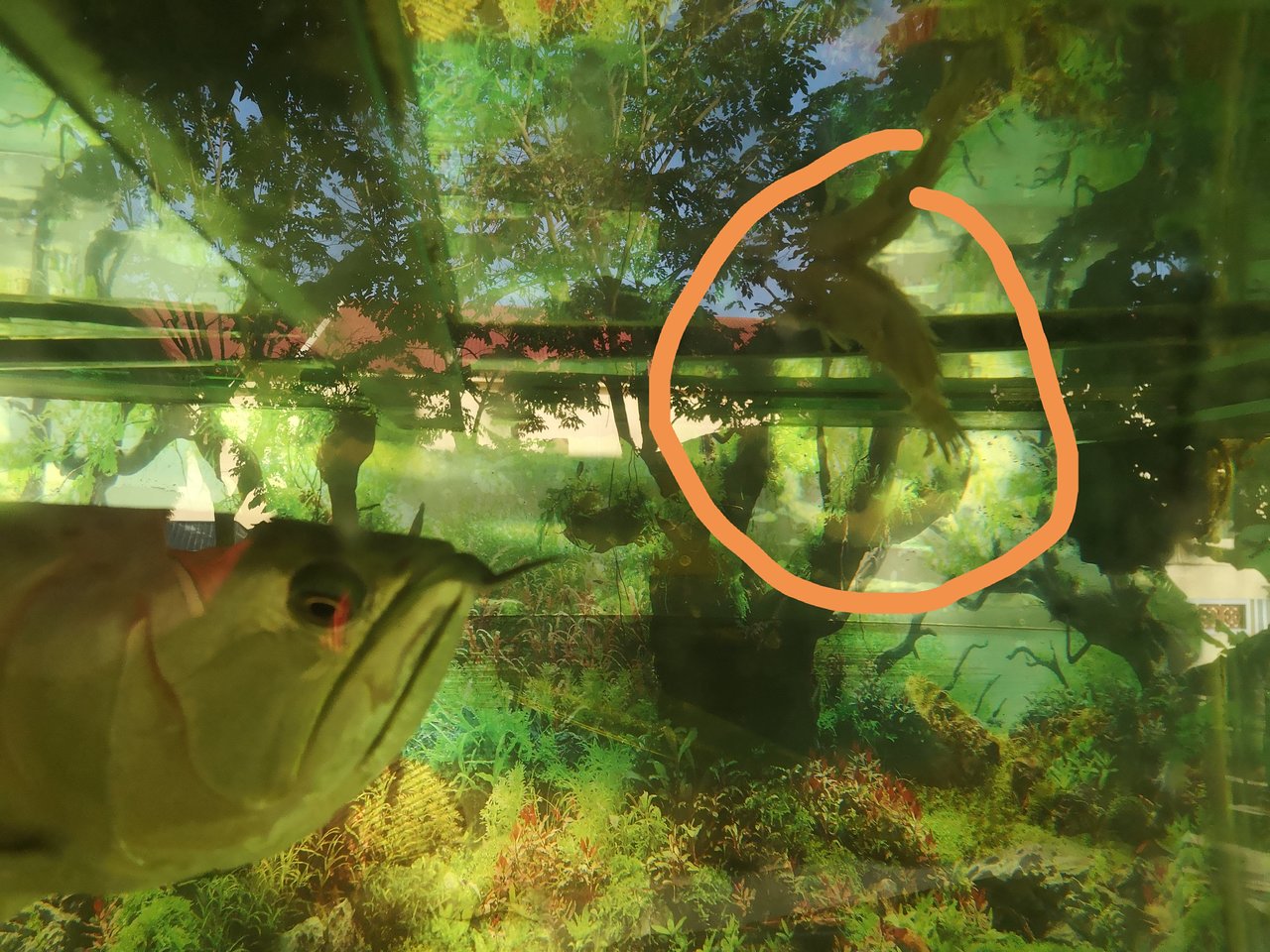
Aquarium Audit: Assessing the Environment
Next, evaluate the overall condition of your aquarium. Are plants overgrown or decaying? Is there debris accumulating at the bottom? Is the filter functioning optimally, or does it need maintenance or upgrading? Overcrowding can also contribute to poor water conditions and increased aggression among fish. Conduct a full audit of your setup, including decorations that may harbor hidden dangers like sharp edges or toxic coatings.
Addressing the Issues: Corrective Measures
Based on your findings, take corrective actions immediately. Perform a large water change (around 30-50%) with dechlorinated water, matching the original temperature and chemistry. Clean the filter media gently to remove accumulated detritus without destroying beneficial bacteria. Adjust equipment if necessary, such as increasing filtration capacity or regulating temperature more accurately. Trim back plants and remove any dead foliage or ornaments that could degrade water quality.
Preventive Care: Strengthening Health and Immunity
To prevent future incidents, focus on improving the overall health of your aquarium. Regular partial water changes (weekly or bi-weekly) maintain stable water parameters. Implement a feeding schedule that avoids overfeeding and provides a balanced diet suitable for your fish species. Introduce natural remedies or supplements to boost the immune system of your fish, such as garlic-infused foods or aquarium-safe herbal extracts.
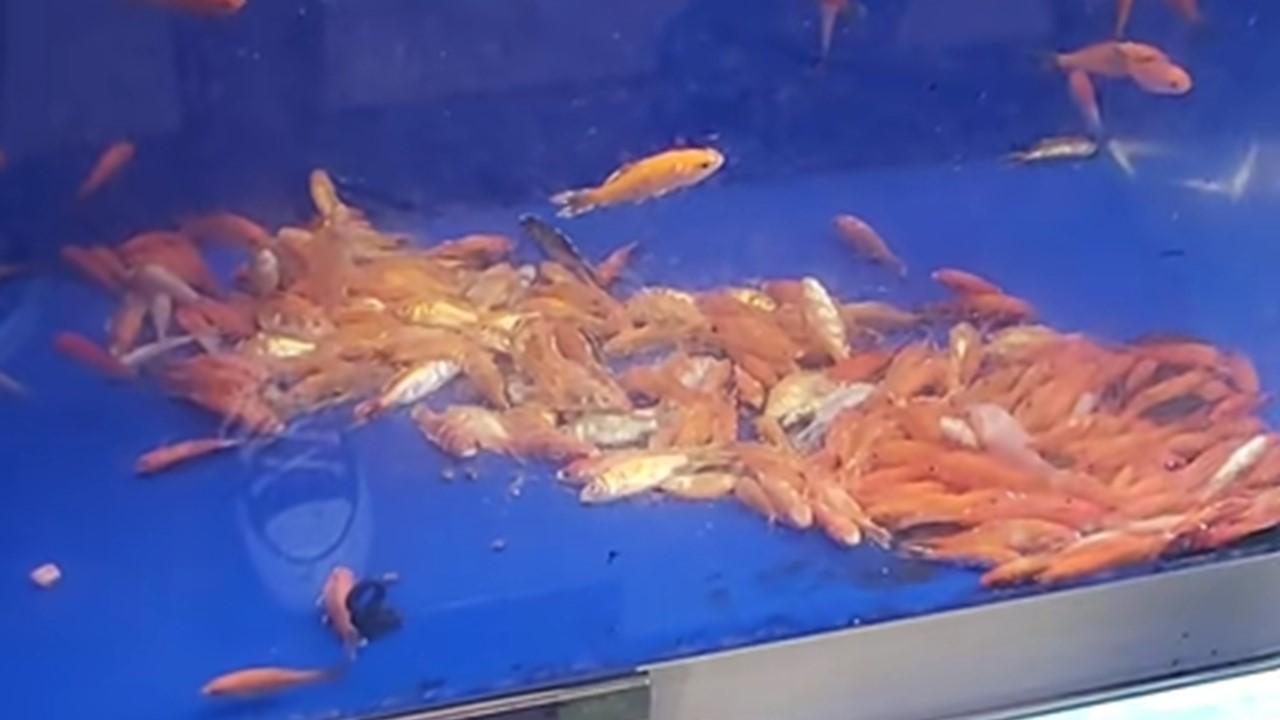
Monitoring Behavior and Health: Early Detection
Regular observation of your fish’s behavior and physical health is vital. Watch for signs of illness, such as lethargy, loss of appetite, abnormal swimming patterns, or visible injuries. Quarantine new arrivals before introducing them to the main tank to prevent the spread of diseases. Early detection and isolation of sick fish can save lives and protect the rest of the community.
Community Compatibility: Reevaluating Stocking
Reassess the compatibility of your fish community. Aggressive behavior or territorial disputes can stress weaker individuals, leading to illness or death. Research the specific needs and behaviors of each species in your tank and adjust the stocking plan if necessary. Consider adding more hiding places or rearranging the decor to reduce confrontations.
Expert Advice: Seeking Professional Guidance
If problems persist despite your best efforts, consult an aquatic veterinarian or experienced aquarium store staff. They can offer specialized advice tailored to your unique situation, diagnose specific illnesses, or recommend treatments. Online forums and aquarium clubs can also provide valuable insights from fellow hobbyists who have encountered similar challenges.
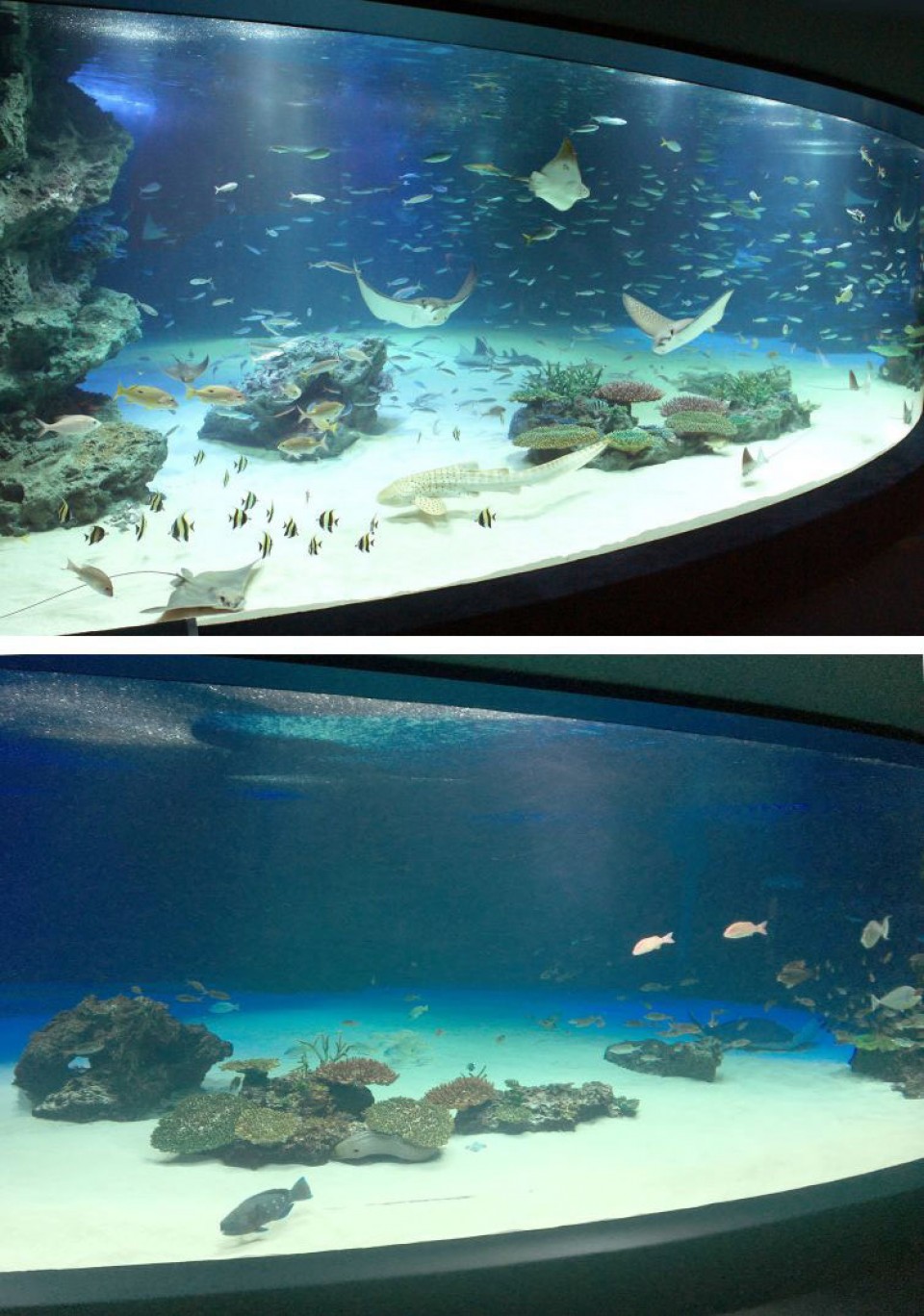
Enhancing Environmental Stability: Optimizing Conditions
Ensure that your aquarium environment is optimized for the well-being of its inhabitants. This includes maintaining appropriate lighting cycles that mimic natural day and night periods for your specific species, as well as providing adequate shelter and territories to reduce stress. Invest in high-quality equipment, like efficient heaters, timers, and lighting systems, to create a stable and conducive living space.
Diversify Aquatic Life Strategically: Balanced Ecosystem
When adding new species to your aquarium, do so gradually and with consideration for creating a balanced ecosystem. Introducing algae-eating species or bottom feeders can help control excess plant growth and clean up leftover food, contributing to a healthier environment. Remember to always research the compatibility of new additions with your current livestock to avoid disruptions.
Water Quality Testing: Regular Monitoring
Institute a routine of regular water quality testing. Use a reliable test kit to monitor parameters such as pH, ammonia, nitrite, nitrate, and general hardness. Aim to keep these levels within the optimal range for your fish species. High levels of ammonia or nitrite are particularly dangerous and should be addressed immediately. Testing weekly or bi-weekly can help catch issues before they escalate.
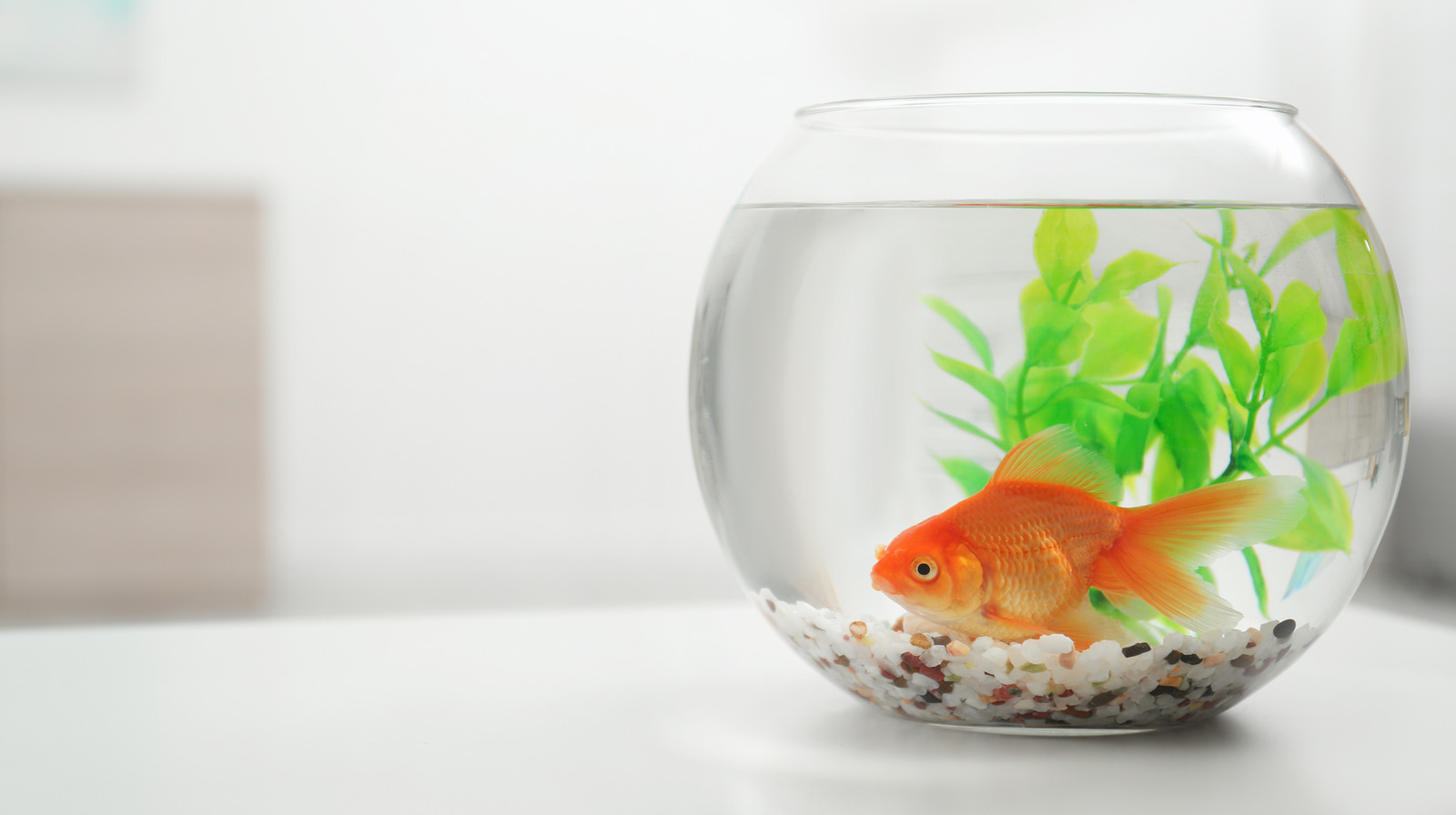
Stress Reduction: Creating a Peaceful Habitat
Minimize stress by maintaining a quiet aquarium environment. Loud noises or sudden movements outside the tank can disturb fish. Regular maintenance during quieter times of the day and using aquarium-safe products to reduce noise from filters and pumps can help. Providing a calm environment encourages healthy behavior and strengthens the immune system of your fish.
Aquas caping for Health: Strategic Decoration
Aquas caping plays a crucial role in the health of your aquarium. Arrange decorations, rocks, and plants thoughtfully to create natural hiding spots and territories, which can reduce aggression and stress. Ensure there’s enough open swimming space for active species while also offering refuge areas for shy or smaller fish.
Education and Research: Continuous Learning
Aquarium keeping is a continuous learning process. Stay updated with the latest research, techniques, and products related to aquarium care. Attend workshops, read books and articles, and participate in online communities to expand your knowledge. As you learn more, you’ll be better equipped to address challenges and enhance the well-being of your aquatic pets.
Conclusion: Learning and Moving Forward
Losing a fish can be heartbreaking, but it’s an opportunity to learn and improve your aquarium management skills. By responding promptly, thoroughly investigating the cause, and implementing preventive measures, you can transform this tragedy into a turning point for a healthier, thriving aquatic environment. Remember, aquarium keeping is a journey of continuous learning and adaptation, where every challenge presents a chance to deepen our understanding and love for these fascinating ecosystems.






